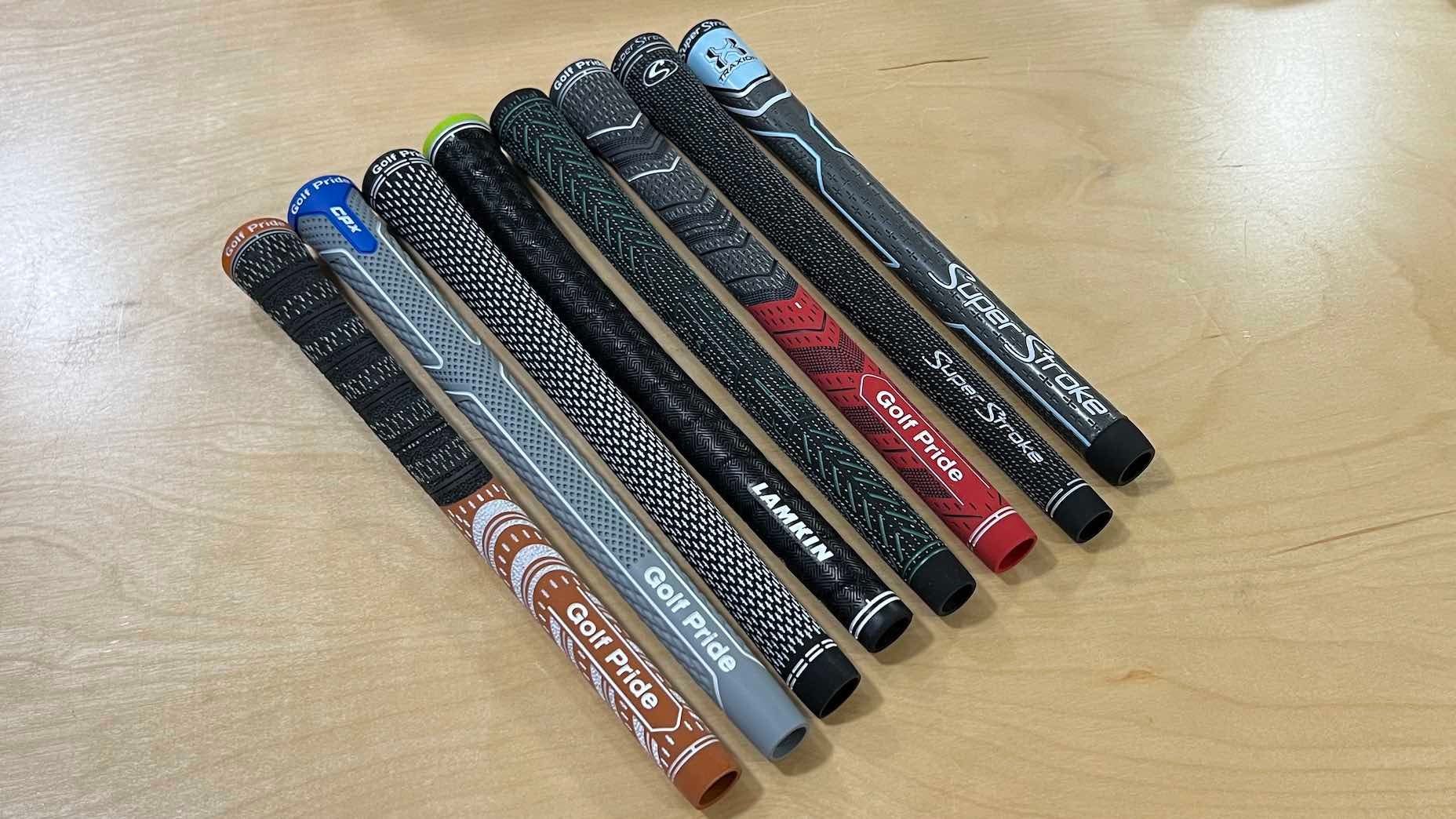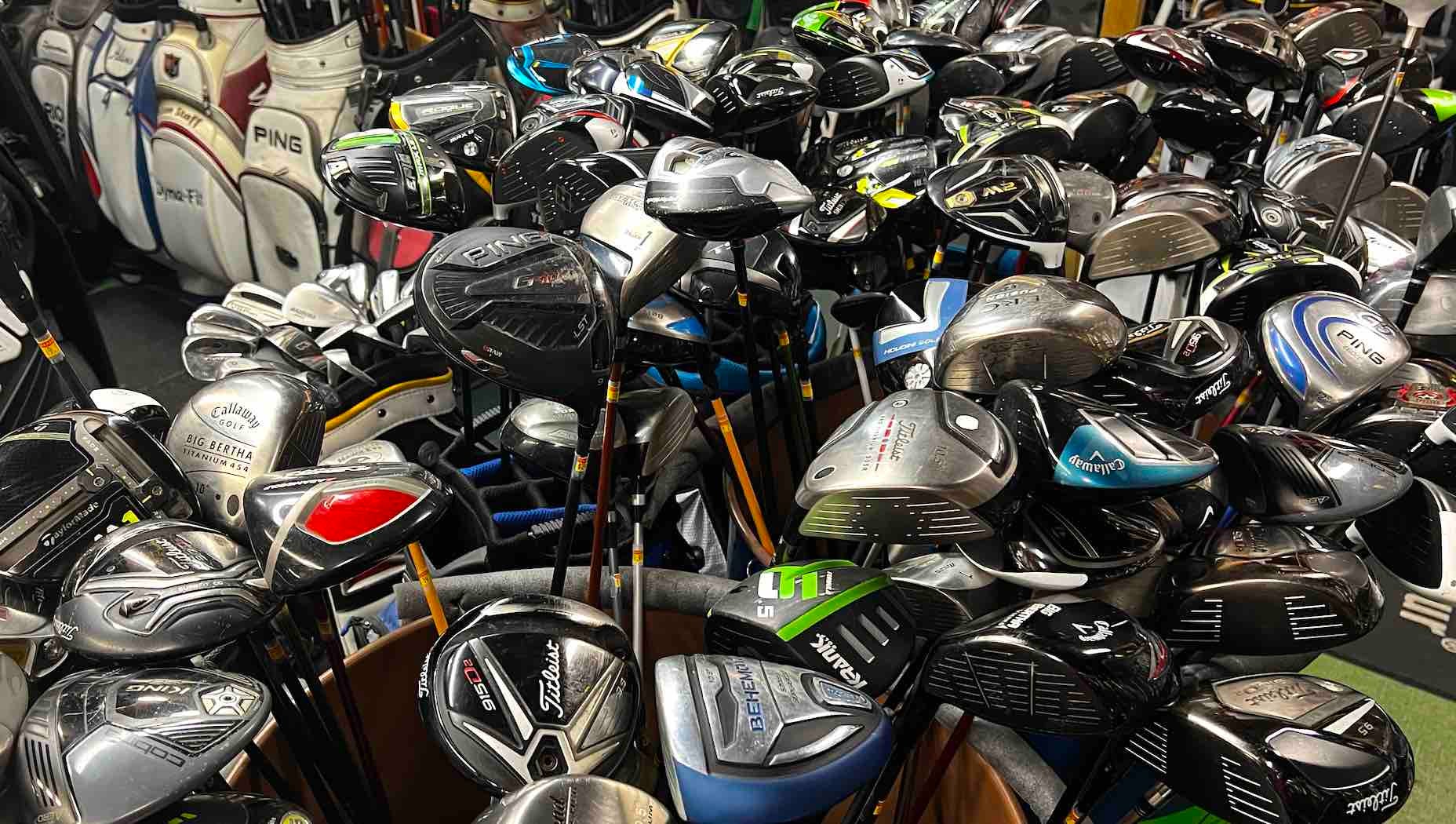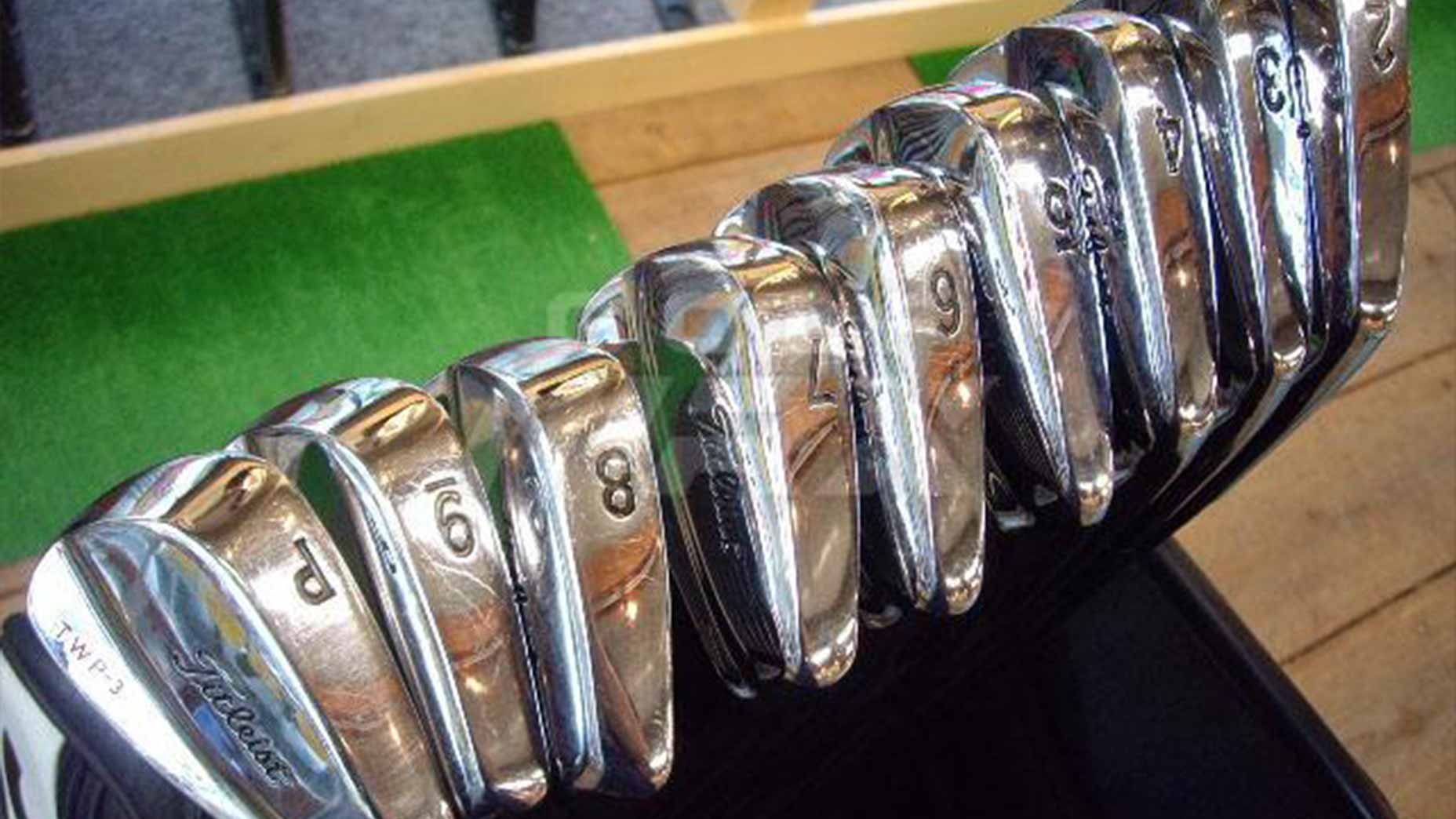Golf season is officially here, and golf stores are loaded with the newest gear from all the major manufacturers. This not only means that it’s never been easier to find the right fit for your game, but it also means that last year’s clubs are on sale — and lots of golfers are trading in their old gear.
For golfers looking to save a few dollars while still getting the most out of their equipment, this also means used golf club inventory has never been higher and there is no better time to buy. So we’ve compiled a list of ways to help you get the best value when buying used gear, so you can avoid mistakes and shop like an expert.

Know your basic club specs
If not noted in an online listing or when shopping in person, the key specs you need to know about the clubs you might buy are lie angle, length and shaft flex. You should also take into account shaft material and weight because if you’re looking for graphite-shafted irons, knowing the weight will help determine just how flexible the shafts are.
If you are a new golfer, take the time to talk to a club-fitting expert or PGA professional to give you a baseline of what to look for, even if that means standard off-the-rack clubs with the right shaft material and flex. These basic parameters can help make sure you’re at least in the ballpark when it comes to the right specs and help you improve at a faster rate.
Check components for possible issues
The components of a golf club can tell you a lot about the condition of the clubs you are looking at, and investigating them will tell you a lot about their condition and if any modifications have been made over time.
Shafts: If you spot a bent steel shaft it’s a big no-no since it greatly increases the likelihood of breakage. As for graphite, be on the lookout for excessive paint wear, cracks around the ferrule or stress marks below the grip. These are the highest-stress areas of the shaft and any signs of excessive wear means that they could be close to breaking. Also, be sure all of the shafts in a set match, because that will greatly affect performance.
Ferrules: The small plastic part that sits where the shaft meets the club head is a simple cosmetic feature. If an iron set has one or two that don’t match the rest it’s a sign that those clubs have been repaired at some point. If this is the case ask for some extra clarification as to why.

Grips
With grips being the only physical connection between you and your golf clubs, they are one of the most important components to examine.
If the grips are in good shape and just need a quick scrub, check to make sure they match for both style and size. It might not seem like a big deal at the time of purchase, but having the wrong size grip — or one that is too rough or soft — will offer suboptimal comfort and traction which can lead to hand pain.
If clubs are over 5 years old, you should get them regripped. Although the great thing about new grips is they are a small investment to help your clubs feel like new. If you’re looking for grip guidance, check out our ultimate grip guide for advice on selecting the style, shape and size that’s best for you.

Golf Pride MCC Plus4 Grip
View Product
Buy adjustable
When buying used clubs it can be difficult to get fit depending on your budget and the age of the clubs you are looking at. To help make sure you can dial in your ball flight after purchase, do your best to buy clubs (drivers, fairway woods and hybrids) that offer hosel adjustability. If you can go a step further and find options that have adjustable weight settings — even better!
Want to overhaul your bag for 2024? Find a fitting location near you at True Spec Golf.










